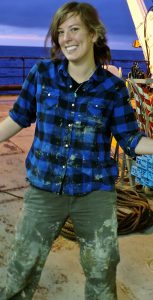 Research Interests
Research Interests
My research is focused on the geochemistry of modern and ancient sediments. Specifically, I employ a wide variety of tools including stable isotope and trace element geochemistry to reconstruct ancient environments. My previous work was focused on low-oxygen settings and understanding the role of anoxia on local and global ocean chemistry and ecology. Ongoing projects include reconstructing sulfur cycling in methane seep environments and the depositional history of the organic-rich Monterey Formation and its impact on and role in Miocene climate. Current work at Michigan State includes using nitrate nitrogen and oxygen isotopes to determine nitrogen sources to Michigan rivers, and using boron isotopes to quantify septic contamination in freshwater systems.
Education
Ph.D. The University of California Riverside, Earth Science
Graduate Advisor: Timothy W. Lyons
Dissertation Title: Proxy Applications for Reconstructing Carbon and Sulfur Cycling in Ancient Marine Environments
B.S. The University of Georgia, Geology
Recent Publications
Hancock, L.G., Hardisty, D.S., Behl R.J., and Lyons T.W., 2019, A multi-basin redox reconstruction for the Miocene Monterey Formation, California, USA: Palaeogeography, Palaeoclimatology, Palaeoecology., v. 520, p. 114-127, 10.1016/j.palaeo.2019.01.031.
Feenstra, E.J., Birgel, D., Heindel, K., Wehrmann, L.M., Jaramillo-Vogel, D., Grobety, B., Frank, N., Hancock, L.G., Van Rooij D., Peckmann, J., and Foubert A., in review, Constraining the formation of authigenic carbonates in a recent seepage affected cold-water coral mound by lipid biomarkers: Geobiology.
Walker, S.E., Hancock, L.G., Bowser, S.S., 2017, Diversity, biogeography, body size, and fossil record of parasitic and suspected parasitic foraminifera: A review: Journal of Foraminiferal Research, v. 47, p. 35-56.
Tarhan, L.G., Haddad, E., Solon, C.M., Dahl, R.M., Hancock, L.G, Henry, S.E., Joel, L.V., and Thompson, T.J., Droser, M.L., 2016, Seafloor colonization in the earliest Paleozoic: evidence from the Cambrian of Death Valley: Proceedings of the Death Valley Natural History Association, p. 3-27.
Loyd, S.J., Sample, J., Tripati, R.E, Defliese, W.F., Brooks, K., Hovland, M., Torres, M., Marlow, J., Hancock, L.G., Martin, R., Lyons, T.W., and Tripati, A.E., 2016, Methane seep carbonates yield clumped isotope signatures out of equilibrium with formation temperatures, Nature Communications, v. 7, article 12274.
Hancock, L.G., Walker, S.E., Perez-Huerta, A., and Bowser, S.S., 2015, Population dynamics and parasite load of a foraminifer on its Antarctic scallop host with their carbonate biomass contributions: PLOS ONE, 10(7): DOI: 10.1371/journal.pone.0132534.
Current CV
LeanneHancock_CV_Feb2019
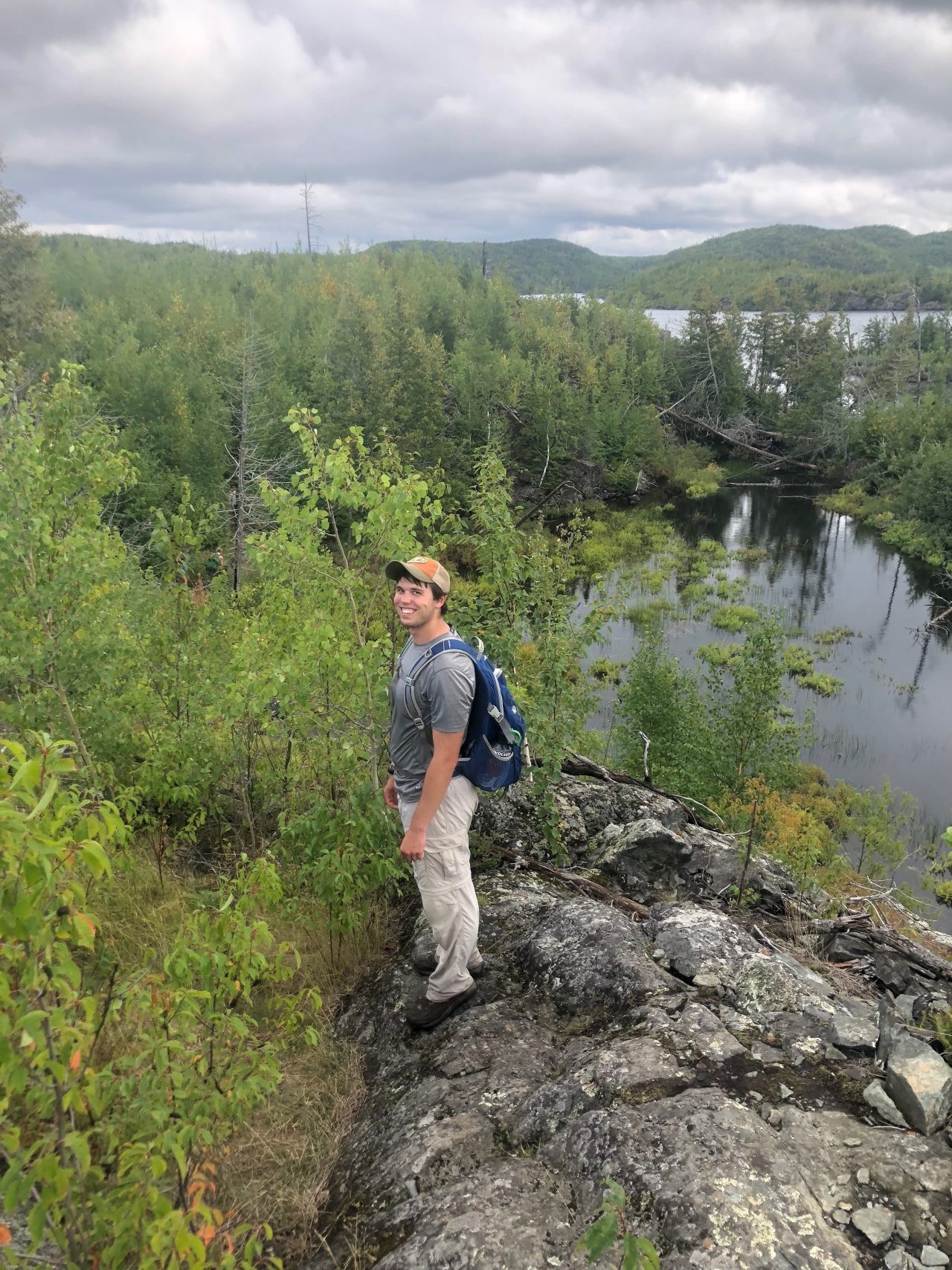
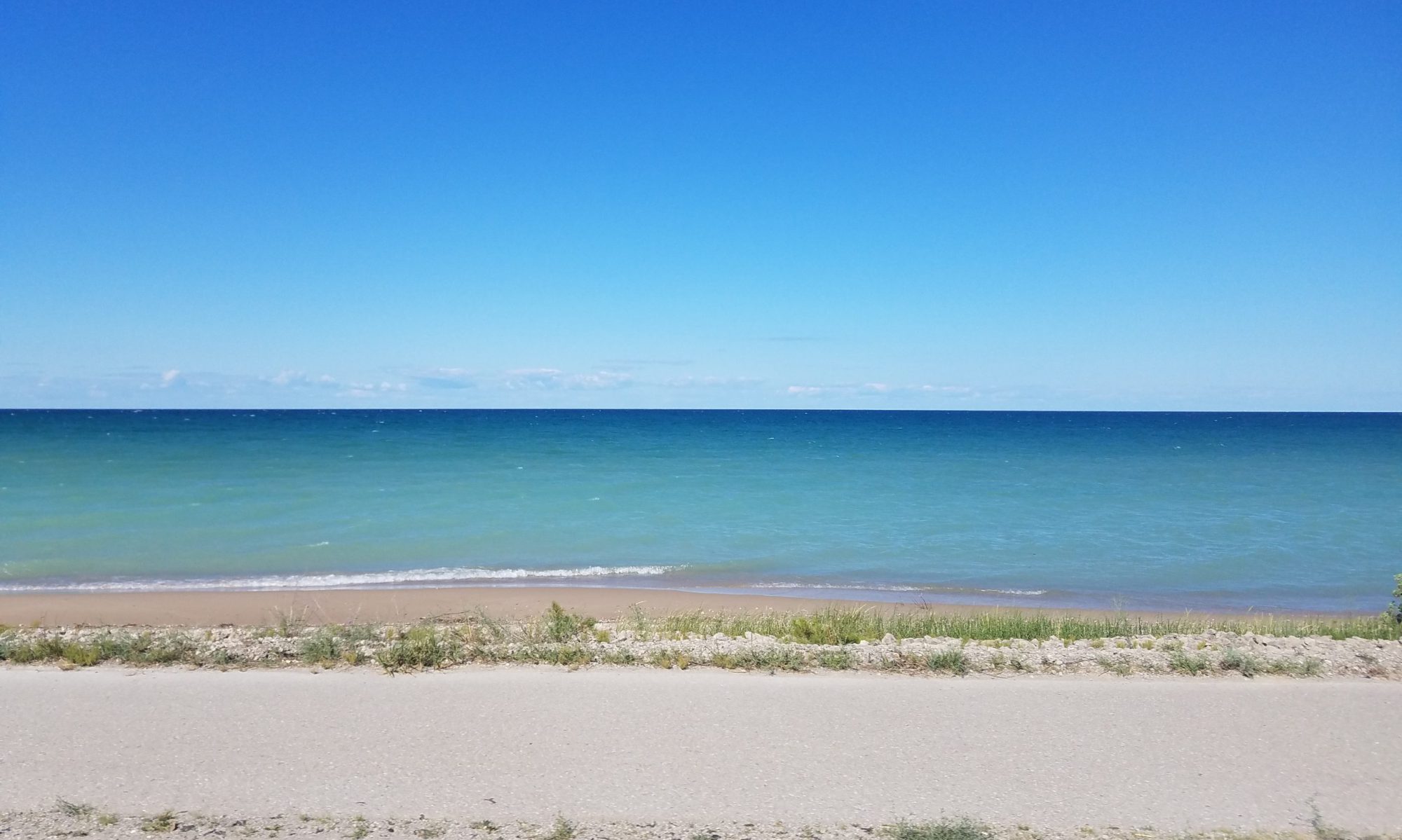
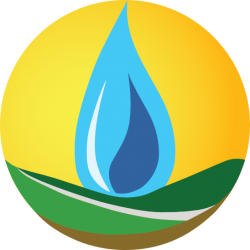
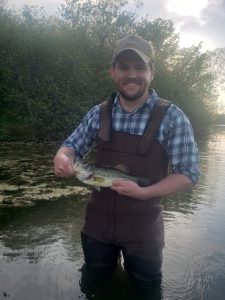 I am a PhD student in the Hydrogeology Lab working with Dr. Anthony D. Kendall. My research aims to better understand three renewable energy landscape subject areas: 1) agricultural security through placement, 2) agricultural and pollinator security through management, and 3) water security through placement and management. To achieve these goals, I use big-data and machine learning analysis with a collection of remotely sensed, survey/census, and modeled data across time and space. A deeper understanding of these practices will help inform future energy infrastructure to mitigate negative effects of our energy needs and possibly regenerate consequences of historical anthropogenic land use. As part of this effort, I am helping develop a field-network of instrumented and managed ground-mounted solar installations in Michigan and across the United States, and invite any external interest for collaboration in this effort. I am also broadly interested in regenerative apiculture, and how regenerative honey production and beekeeping can alter our agricultural landscape for the better.
I am a PhD student in the Hydrogeology Lab working with Dr. Anthony D. Kendall. My research aims to better understand three renewable energy landscape subject areas: 1) agricultural security through placement, 2) agricultural and pollinator security through management, and 3) water security through placement and management. To achieve these goals, I use big-data and machine learning analysis with a collection of remotely sensed, survey/census, and modeled data across time and space. A deeper understanding of these practices will help inform future energy infrastructure to mitigate negative effects of our energy needs and possibly regenerate consequences of historical anthropogenic land use. As part of this effort, I am helping develop a field-network of instrumented and managed ground-mounted solar installations in Michigan and across the United States, and invite any external interest for collaboration in this effort. I am also broadly interested in regenerative apiculture, and how regenerative honey production and beekeeping can alter our agricultural landscape for the better.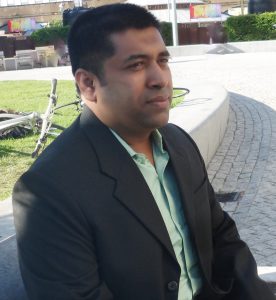
 Research Interests
Research Interests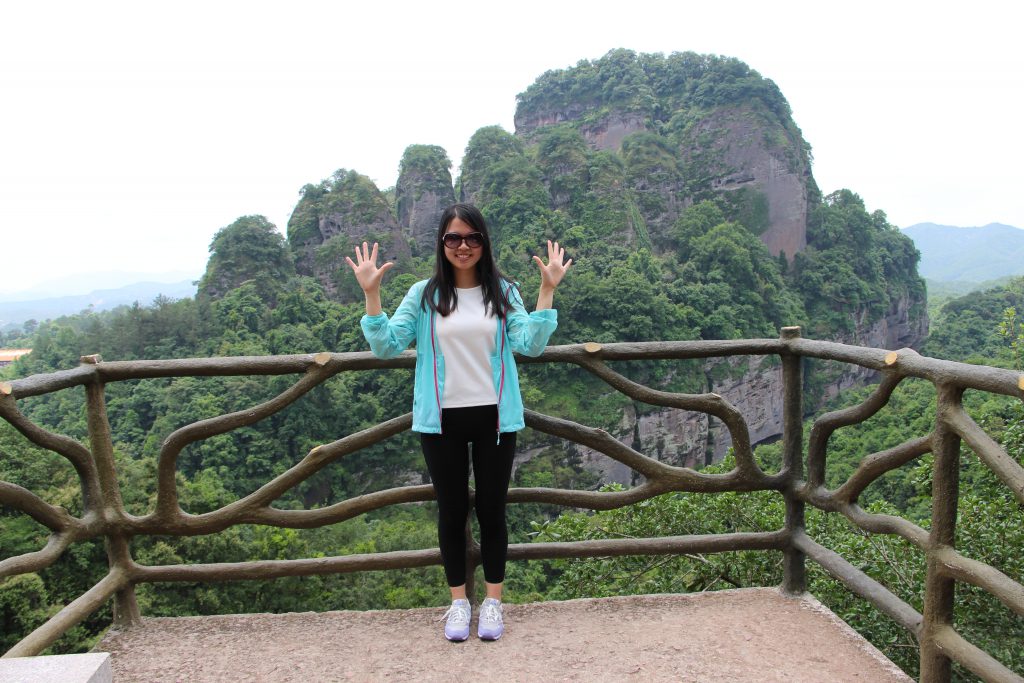
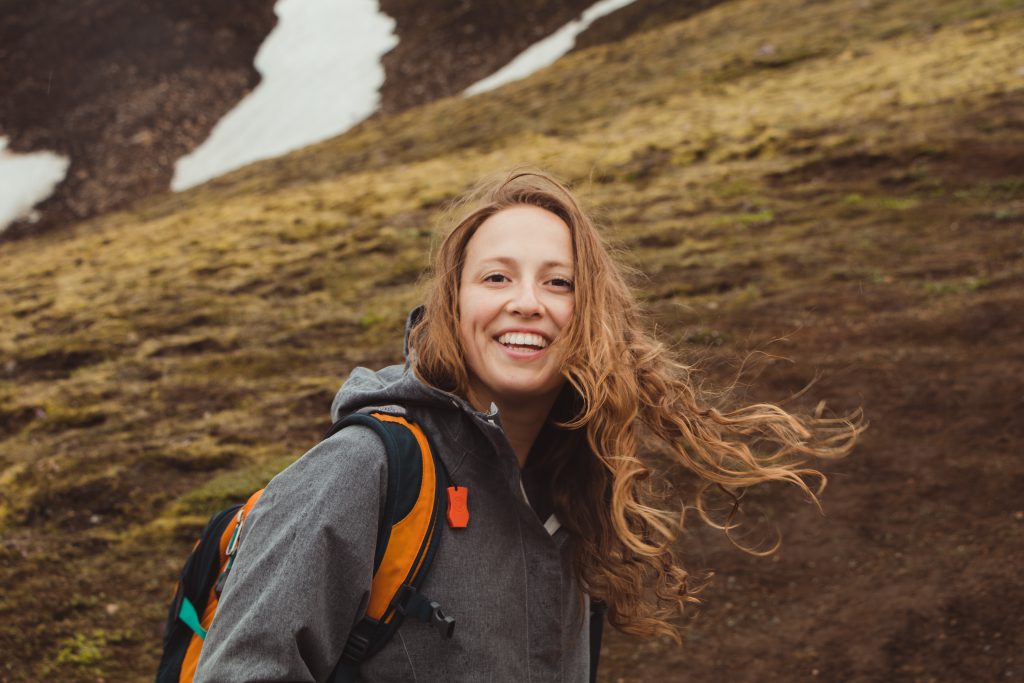

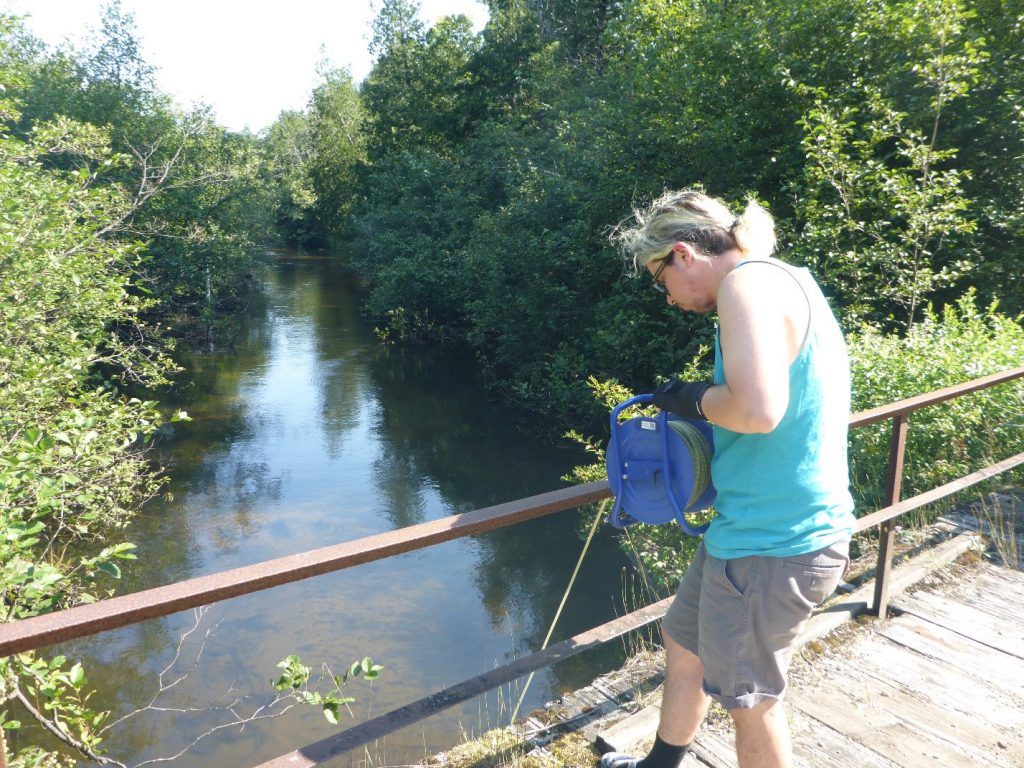
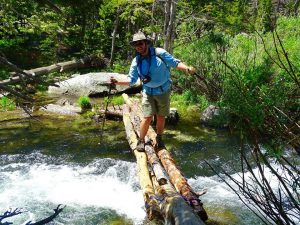 Research Interests
Research Interests
 I am a PhD candidate in the hydrogeology lab and a student intern with the U.S. Geological Survey’s Upper Midwest Water Science Center in Lansing, MI. My research focuses on better understating water quality and water resources in the Great Lakes though integration of field and remotely sensed data with process-based hydrologic models. My work is focused in two primary research areas: 1) investigating the landscape characteristics and hydrologic processes controlling stream chemistry, with a focus on anthropogenic nutrients and, 2) interactions between the Great Lakes and Michigan’s terrestrial groundwater. I am also interested in the fate and transport of emerging contaminants, and how surface water-groundwater interactions affect aquatic habitats in both streams and wetlands. In addition to my current work, I am actively interested in connecting hunter- and angler-based conservation organizations to academic research hydrology and water quality, to advance habitat protection and restoration efforts.
I am a PhD candidate in the hydrogeology lab and a student intern with the U.S. Geological Survey’s Upper Midwest Water Science Center in Lansing, MI. My research focuses on better understating water quality and water resources in the Great Lakes though integration of field and remotely sensed data with process-based hydrologic models. My work is focused in two primary research areas: 1) investigating the landscape characteristics and hydrologic processes controlling stream chemistry, with a focus on anthropogenic nutrients and, 2) interactions between the Great Lakes and Michigan’s terrestrial groundwater. I am also interested in the fate and transport of emerging contaminants, and how surface water-groundwater interactions affect aquatic habitats in both streams and wetlands. In addition to my current work, I am actively interested in connecting hunter- and angler-based conservation organizations to academic research hydrology and water quality, to advance habitat protection and restoration efforts.




